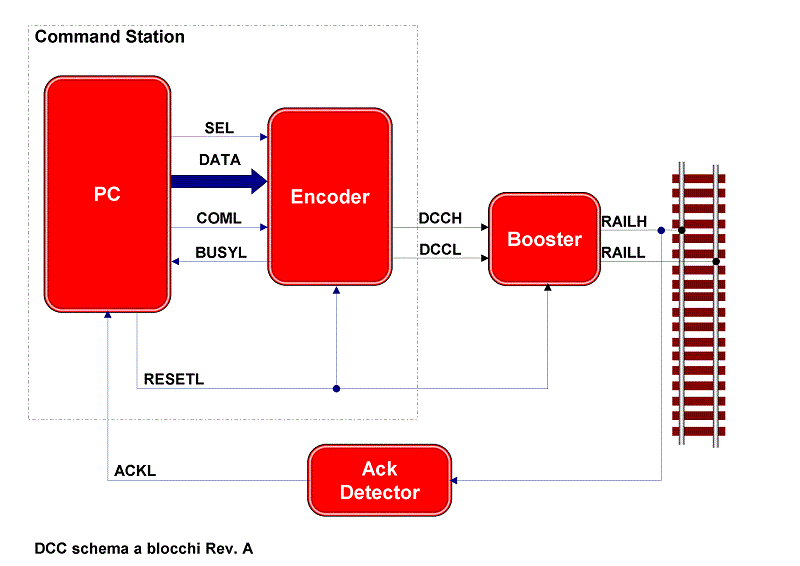|
Corrado
D'Achille
Ultimo
aggiornamento: 10/03/2015
|
|
||||||
|
Introduction to DCC system Control
a rail system in miniature with great realism has always been the dream
of all fans of modeling.  a DCC system is composed of the following functional blocks:
|
||||||
|
The
material contained in this web site is provided "AS IS" without
warranty of any kind. The author is not responsible for direct or
indirect damages, accidents or others problems cause by the use of
information contained in this web site. All the product names, logos
and trademarks belong to the respective owners. The
use and
distribuition of the material contents in this site is free with the
condition to summon the source. The commercial use of the web
site
materials is forbidden without the written authorization of the web
site author.
|